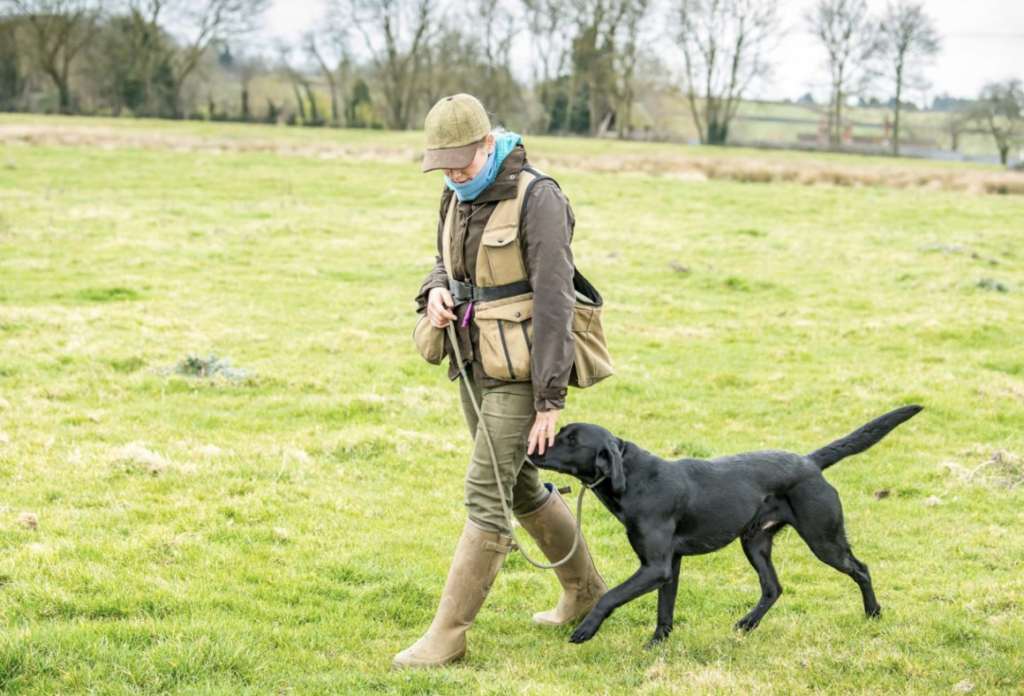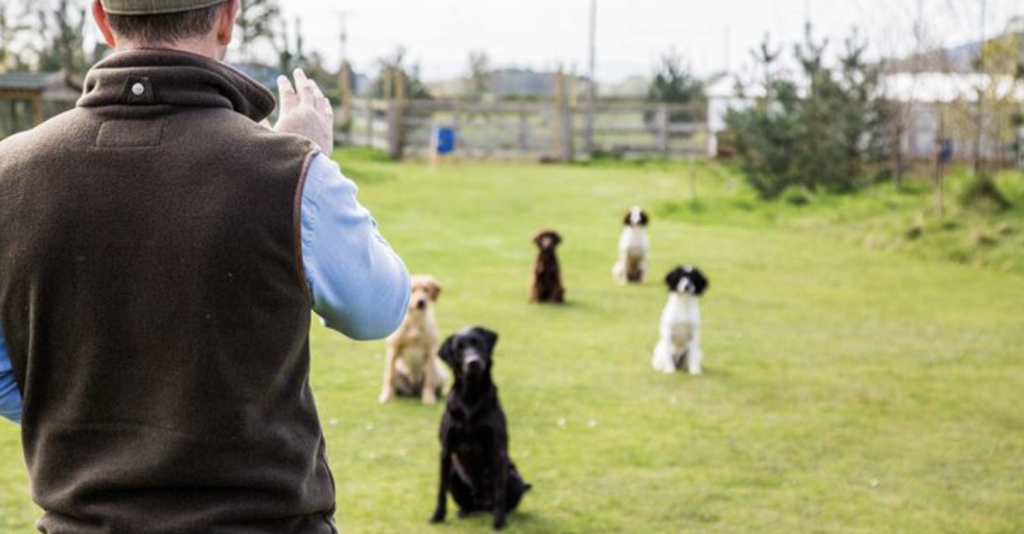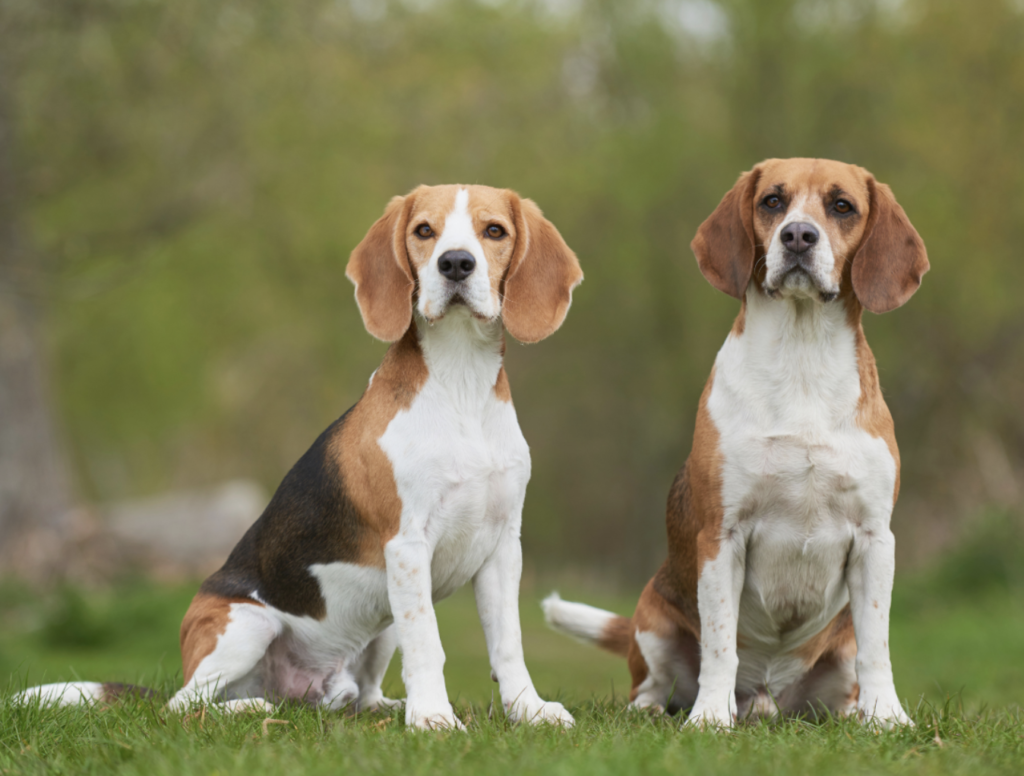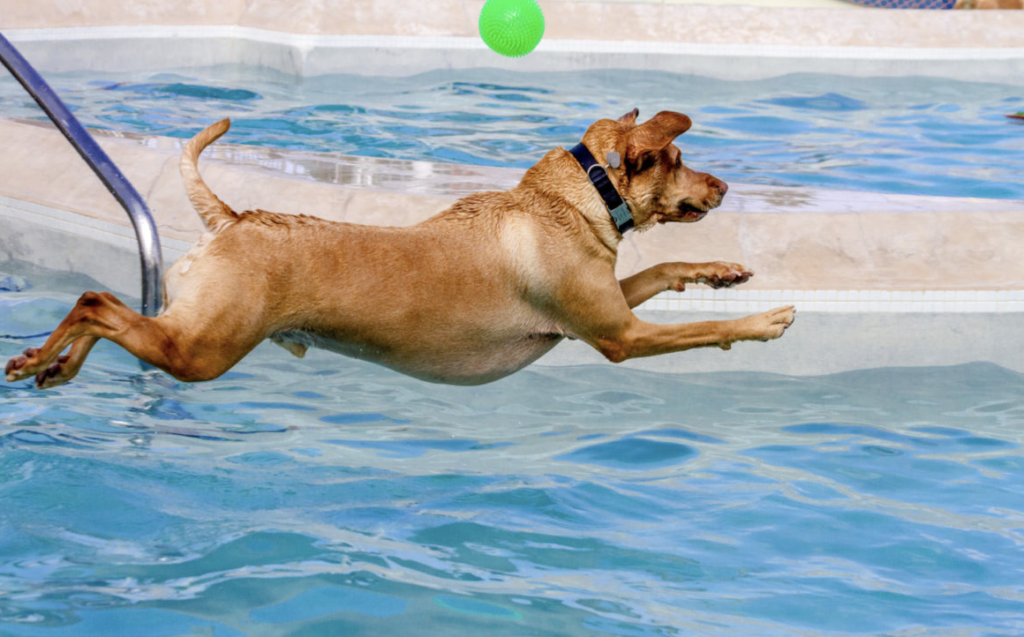Are you eager to embark on the rewarding journey of gun dog training? Whether you’re a seasoned hunter or a novice looking to bond with your canine companion, this guide will help you navigate the basics of gun dog training. From choosing the right breed to mastering essential commands, we’ll cover everything you need to know to get started.
Thank you for reading this post, don't forget to subscribe!
Gun dog training, also known as hunting dog training, is a specialized form of training designed to teach dogs to assist hunters in finding and retrieving game. This type of training focuses on developing a dog’s natural hunting instincts and skills in a controlled and effective manner. Gun dogs, which include breeds like retrievers, pointers, setters, and spaniels, are trained to perform specific tasks that support hunting activities.
Key Components of Gun Dog Training:
Obedience Training:
- Basic commands such as sit, stay, come and heel are foundational
- Essential for ensuring the dog listens and responds to the handlers commands during a hunt
Retrieving Skills:
- Training dogs to retrieve game birds or other small game without damaging it
- Involves fetching and bringing back the game to the handler
Scent Work:
- Teaching dogs to use their keen sense of smell to locate the hidden game
- Often Involves scent trails and tracking exercises

Steadiness:
- Training dogs to remain calm and still until given a command, especially important when birds are flushed out
- Helps in preventing the dog from prematurely chasing game
Water Work:
- For breeds like retrievers, training includes retrieving game from water.
- Involves swimming and handling game in wet conditions.
Gun Acclimatisation:
- Introducing dogs to the sound of gunfire in a controlled manner to prevent fear or anxiety.
- Gradually increasing the proximity and volume of gunfire to ensure comfort.
Consider factors such as size, temperament, and specific hunting skills when choosing your gun dog breed. Research thoroughly and consult with experienced hunters or breeders to make an informed decision. Before diving into training, it’s crucial to select a breed that aligns with your hunting style and preferences. Popular gun dog breeds include:
- Labrador Retriever: Versatile and eager to please
- English Springer Spaniel: Excellent for flushing game
- German Shorthaired Pointer: Ideal for both pointing and retrieving
- Chesapeake Bay Retriever: Known for their water-loving nature
- Beagle: Energetic and Affectionate, known for their hunting ability

Building a Training Routine:
Establish a consistent training routine to reinforce gun dog training concepts:
- Short, frequent sessions (15-20 minutes) are more effective than long, infrequent ones
- Incorporate training into daily activities, like walks or playtime
- Gradually increase distractions and difficulty as your dog improves
- Always end training sessions on a positive note
Once your dog has mastered basic obedience, you can move on to more specialized gun dog training techniques. Start with retrieving by using short throws of training dummies, gradually increasing the distance while using commands like “fetch” and “drop.” Introduce your dog to different game scents with scent training kits, placing scent markers in various locations to encourage them to follow the trail and reward successful finds.

For water training, begin with shallow water retrieves and progress to deeper water, ensuring your dog is comfortable and equipped with a proper hunting vest. Training your dog to remain steady and patient is crucial; practice scenarios where they wait quietly by your side until commanded to retrieve, preventing premature game flushing. Finally, maintain your dog’s health and fitness with regular vet check-ups, a balanced diet, and consistent exercise, ensuring they are up-to-date on vaccinations and parasite preventatives, as hunting environments can pose various health risks.
Essential Equipment:
Training Collars:
- SportDOG Brand 425X Remote Trainers: Ideal for training in the field, providing a range of up to 500 yards.
- Citronella Dog Training Collar: Offers multiple training modes and customizable settings.
Training Dummies:
- Dokken Dead Fowl Trainer: Mimics the feel of real game birds, helping dogs practice retrieving.
- Avery Sporting Dog HexaBumper: Durable and versatile, great for both land and water training.
Whistles:
- ACME 210.5 Dog Whistle: A popular choice among trainers, known for its consistent pitch.
- Fox 40 Classic Whistle: Loud and reliable, ensuring your dog can hear commands over long distances.
Leashes and Leads:
- Mendota Products Slip Lead: Combines leash and collar, making it easy to control your dog.
- Ruffwear Knot-a-Leash: Strong and durable, perfect for training sessions.
Hunting Vests:
- Browning Neoprene Dog Vest: Provides warmth and protection during cold water retrieves.
- Alagirls Ripstop Dog Vest: Offers durability and visibility, protecting your dog in dense cover and deep waters.
Embarking on gun dog training is an exciting journey that strengthens the bond between you and your canine companion. By selecting the right breed, focusing on obedience, using quality equipment, and following a structured training plan, you’ll be well on your way to developing a skilled and reliable hunting partner. Remember that every dog is unique, so tailor your gun dog training approach to suit your individual needs and your dog’s personality. With patience, consistency, and plenty of positive reinforcement, you’ll soon have a well-trained gun dog by your side in the field.
